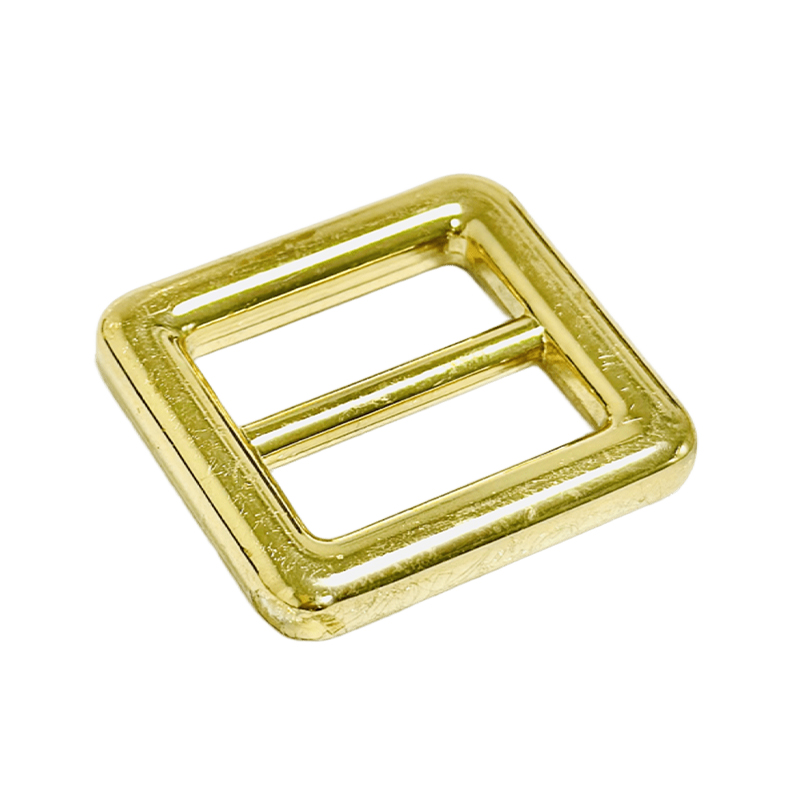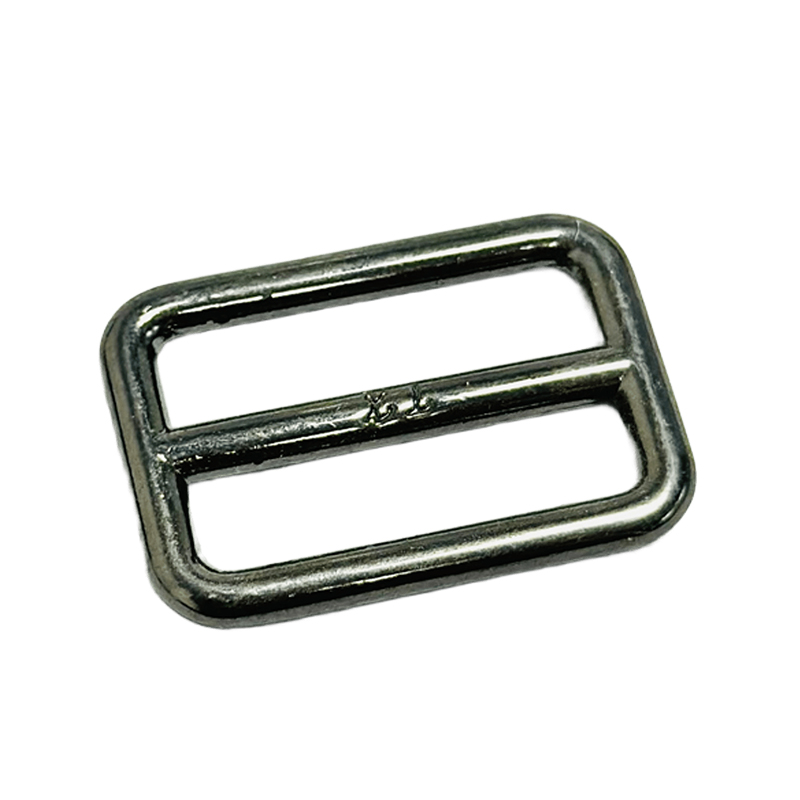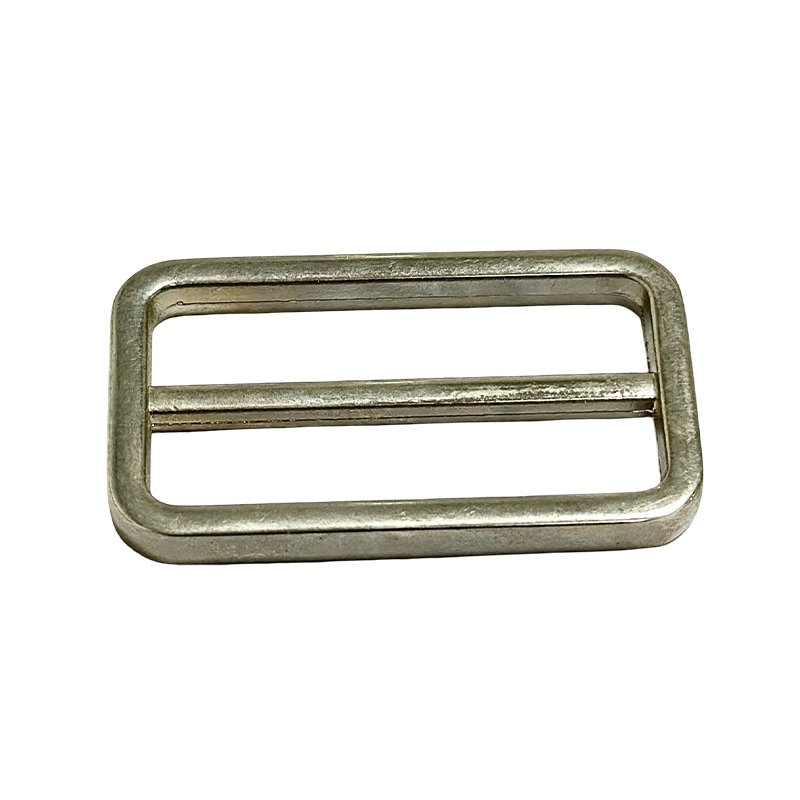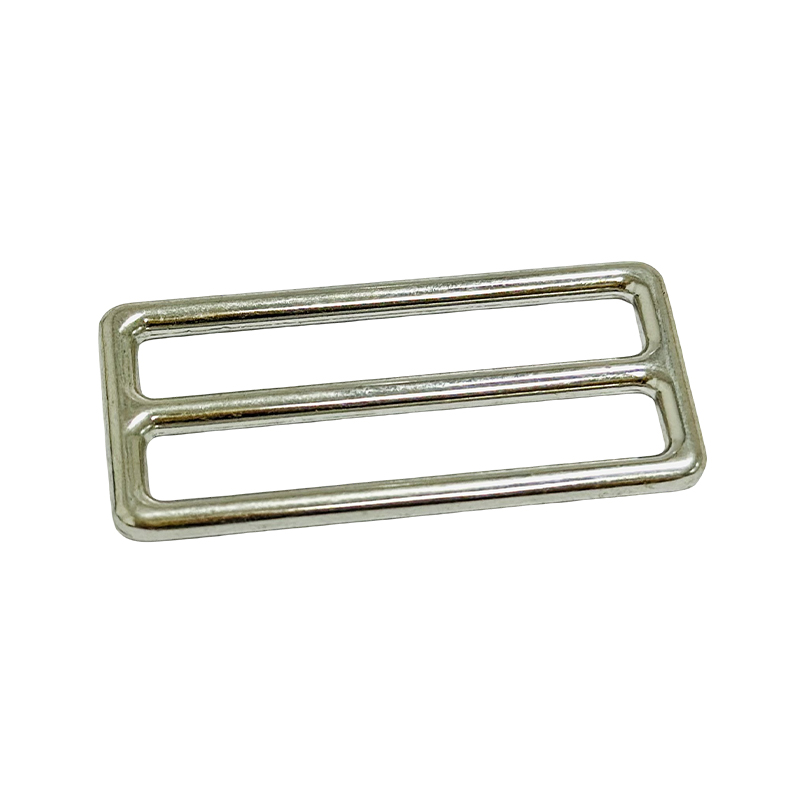How can we design a safe and detachable alloy dog buckle for pet collars?
Release Time : 2025-09-17
With the booming pet economy, pet product design is moving beyond basic functionality to include safety, user-friendliness, and high reliability. As the core connecting component of a pet collar, the alloy dog buckle plays a crucial role as a "lifeline"—it must be secure and reliable in daily use, preventing pets from accidentally escaping and becoming lost. At the same time, it must provide a release mechanism in emergencies to prevent suffocation or injury if a pet becomes entrapped.
1. Material Advantages: Why Zinc Alloy is the Ideal Choice
Zinc alloy, with its excellent die-casting formability, high strength, and excellent surface finish, is widely used in metal fasteners requiring high precision and durability. The alloy dog buckle used in pet collars offers high tensile strength and good ductility, capable of withstanding the impact of sudden collisions or pulls from pets. Compared to plastic buckles, zinc alloy is less susceptible to aging and breaking. Compared to iron, it's more corrosion-resistant. After electroplating, it offers long-term protection against environmental damage such as sweat, rain, and dirt, making it suitable for dogs frequently engaging in outdoor activities.
2. Anti-escape Design: Multiple Locking Mechanisms Ensure Secureness
The key to preventing pets from escaping lies in the buckle's secure locking mechanism. Alloy dog buckles often feature a dual-locking mechanism or a combination of a rotating lock and a safety snap. For example, once the male buckle is inserted into the female buckle, it automatically locks with a spring-loaded slider. This is supplemented by a rotating safety cover or a lateral sliding safety lever, providing dual protection. This design prevents the buckle from easily opening, even if the pet struggles or scratches, generating repeated tension. Furthermore, an adaptive clamping mechanism can be designed within the buckle body, increasing the locking force as tension increases, achieving a secure, "tighter" effect. Tests have shown that high-quality alloy dog buckles can achieve a static tensile strength of over 50kg, far exceeding the explosive strength of an average dog.
3. Safe Release: "Controlled Release" in Emergency Situations
While preventing escape is crucial, over-locking can pose new risks. If a pet's collar becomes entangled in branches, fences, or furniture, and they are unable to free themselves in time, they could suffocate. Therefore, an ideal design should include a "controlled release" mechanism. One solution is a pressure-sensitive release mechanism. When applied at an unusual angle, an elastic element within the buckle triggers a slight displacement, loosening the buckle for easier release. However, when applied in the normal pulling direction, the buckle remains locked. Another approach is to design an adjustable tension slot, allowing owners to set the appropriate tension based on their pet's size, preventing slippage while avoiding a complete lock.
4. Ergonomics and Detail Optimization
To enhance the wearing experience, alloy dog buckles should feature rounded corners and a polished surface to prevent burrs from scratching the pet's skin or damaging the leash. Lightweight design is also crucial. Optimization through hollow structures or weight-reducing holes can reduce overall weight while maintaining strength, making them particularly suitable for small dogs and puppies. Furthermore, customizable logo die-casting and a variety of electroplating colors are supported, enhancing both product aesthetics and brand recognition.
In summary, designing a safe and resistant alloy dog buckle for pet collars is a systematic project that integrates materials science, mechanical engineering, and animal behavior. It requires not only robustness but also intelligence—striving to strike the perfect balance between preventing pets from getting lost and ensuring their safety.
1. Material Advantages: Why Zinc Alloy is the Ideal Choice
Zinc alloy, with its excellent die-casting formability, high strength, and excellent surface finish, is widely used in metal fasteners requiring high precision and durability. The alloy dog buckle used in pet collars offers high tensile strength and good ductility, capable of withstanding the impact of sudden collisions or pulls from pets. Compared to plastic buckles, zinc alloy is less susceptible to aging and breaking. Compared to iron, it's more corrosion-resistant. After electroplating, it offers long-term protection against environmental damage such as sweat, rain, and dirt, making it suitable for dogs frequently engaging in outdoor activities.
2. Anti-escape Design: Multiple Locking Mechanisms Ensure Secureness
The key to preventing pets from escaping lies in the buckle's secure locking mechanism. Alloy dog buckles often feature a dual-locking mechanism or a combination of a rotating lock and a safety snap. For example, once the male buckle is inserted into the female buckle, it automatically locks with a spring-loaded slider. This is supplemented by a rotating safety cover or a lateral sliding safety lever, providing dual protection. This design prevents the buckle from easily opening, even if the pet struggles or scratches, generating repeated tension. Furthermore, an adaptive clamping mechanism can be designed within the buckle body, increasing the locking force as tension increases, achieving a secure, "tighter" effect. Tests have shown that high-quality alloy dog buckles can achieve a static tensile strength of over 50kg, far exceeding the explosive strength of an average dog.
3. Safe Release: "Controlled Release" in Emergency Situations
While preventing escape is crucial, over-locking can pose new risks. If a pet's collar becomes entangled in branches, fences, or furniture, and they are unable to free themselves in time, they could suffocate. Therefore, an ideal design should include a "controlled release" mechanism. One solution is a pressure-sensitive release mechanism. When applied at an unusual angle, an elastic element within the buckle triggers a slight displacement, loosening the buckle for easier release. However, when applied in the normal pulling direction, the buckle remains locked. Another approach is to design an adjustable tension slot, allowing owners to set the appropriate tension based on their pet's size, preventing slippage while avoiding a complete lock.
4. Ergonomics and Detail Optimization
To enhance the wearing experience, alloy dog buckles should feature rounded corners and a polished surface to prevent burrs from scratching the pet's skin or damaging the leash. Lightweight design is also crucial. Optimization through hollow structures or weight-reducing holes can reduce overall weight while maintaining strength, making them particularly suitable for small dogs and puppies. Furthermore, customizable logo die-casting and a variety of electroplating colors are supported, enhancing both product aesthetics and brand recognition.
In summary, designing a safe and resistant alloy dog buckle for pet collars is a systematic project that integrates materials science, mechanical engineering, and animal behavior. It requires not only robustness but also intelligence—striving to strike the perfect balance between preventing pets from getting lost and ensuring their safety.







